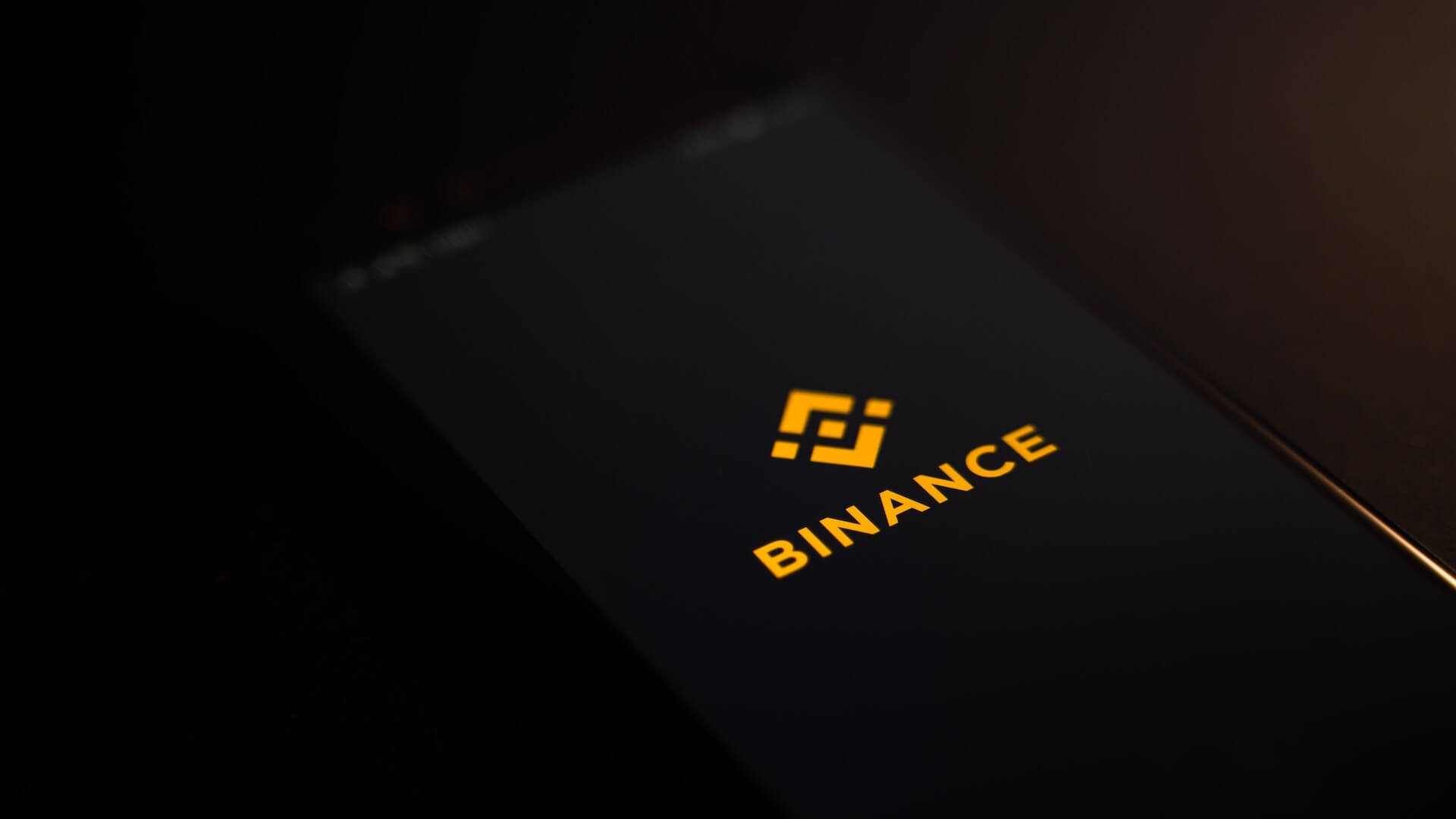
Standard explanation: "Blockchain is a new application mode of distributed data storage, point-to-point transmission, consensus mechanism, encryption algorithm and other computer technologies."
Simple understanding: "Blockchain is essentially a decentralized distributed database."
For example: A lent money to B, but A was afraid that B would renege, so he asked the village head for notarization and recorded the loan. This is centralization. However, if A does not seek the village head, but seeks all the people in the village. Each person in the village has an account book that records the loan, this is called decentralization.
In the past, the village head was highly respected and held the account book of the whole village. Everyone kept the money in his place. This was the past trust of everyone in the centralized "village head". But now there are some problems, such as: 1. The village head is very old. What if he dies? 2. A thief came to the village and stole the account book? These are the disadvantages of centralization!
So everyone sent an account book, and everyone transferred money and borrowed money to each other through loudspeakers. After receiving the news, everyone recorded the transaction in their own account book, which is called decentralization. With these distributed ledgers, it doesn't matter if the village head, A and B's ledgers are lost, because other families in the village have ledgers.
Each page of the ledger can be understood as a "block", and the entire ledger can be understood as a "blockchain".

Birth of blockchain:
A paper entitled Bitcoin: A Peer to Peer Electronic Cash System published by Nakamoto Cong in 2008 described a new digital currency system: Bitcoin. It also marks the birth of the underlying technology blockchain of Bitcoin.
On January 3, 2009, Nakamoto Cong created the first block - the creation block of Bitcoin - on a small server in Helsinki, Finland.
Blockchain is the underlying technology of Bitcoin, and Bitcoin is the first application of blockchain.
After the birth of Bitcoin, major financial institutions at home and abroad scrambled to study the underlying technology blockchain of Bitcoin and seek the practical application of blockchain.
In the nearly 10 years of development, the blockchain has completed the "separation" of Bitcoin. As the underlying technology, it has been explored and promoted to form a coin based blockchain and a coin free blockchain. It has been found that blockchain technology can not only be used for digital currency, but also should be used in a wider range and more industries due to its own decentralized, tamper proof, open and transparent, distributed storage and other characteristics. Blockchain technology has gradually been recognized around the world.
Operating principle of blockchain:
The opening example has already given a general explanation of blockchain, but blockchain is not a newly invented technology, but a series of integrated technology systems, including asymmetric encryption algorithm, timestamp, consensus mechanism, distributed data storage, cryptography, etc. (Cryptography includes Merkle Tree algorithm, elliptic curve algorithm, hash algorithm, and other coding algorithms.) Among these technologies, cryptography and consensus mechanism are the core.
In the hierarchical architecture of the blockchain, data layer, network layer and consensus layer are necessary elements and core layers for building blockchain technology. Without any layer, it cannot be called a real blockchain technology.
The blockchain is composed of a string of blocks generated using cryptographic algorithms and connected in sequence to form a chain structure: use timestamps to ensure that blocks are connected in sequence; This chained data structure is used to verify and store data benefits; Use distributed storage and consensus algorithm to generate and update data; Ensure the security of data transmission and access by means of cryptography; Use smart contracts to program and manipulate data.






